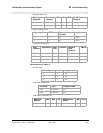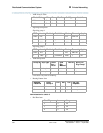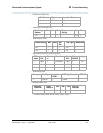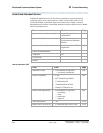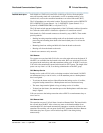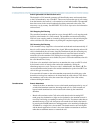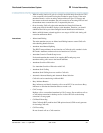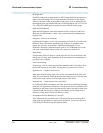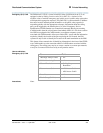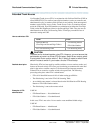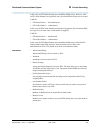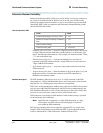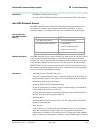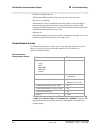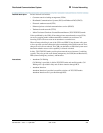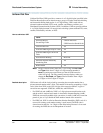
Distributed Communications System
343
Administration for Network Connectivity
555-233-504 — Issue 1 — April 2000 CID: 77730
B Private Networking
Emergency (911) Calls The Enhanced 911 (E911) systems installed in many jurisdictions in the U.S. are
equipped so that by dialing a service code (911 in the U.S.) a victim of a fire,
accident, crime, or medical emergency may quickly access a public safety agency that
will dispatch the appropriate response. The public E911 system maintains a database
that stores location and background information to aid public safety agencies in
responding quickly with the appropriate assistance. Information about the calling
party can be triggered by the transmission of a Caller’s Emergency Service
Identification (CESID) number over Centralized Automatic Message Accounting
(CAMA) trunks when the call originates from behind a PBX. 911 calls from a station
on a PBX not equipped with CAMA trunks (or an adjunct computer system
associated with CAMA trunks) will not provide the E911 system with the information
required to identify the location of the person placing the call. Instead, the E911
system will only be able to identify the location of the trunk termination at the PBX.
This feature allows transmission of identifying information in the form of the CESID
over CAMA trunks as to the extension number of a DID station associated with the
calling party. The calling party may be at or near a station on a remote port network,
or may be at a remote location served by an off-premises station.
How to administer
Emergency (911) Calls
Interactions
None.
Form Field
ARS Digit Analysis Table
• All
CAMA Numbering Format
• All
Class of Restriction
• Calling Party
Restriction
Feature Access Code
• ARS Access Code1
• ARS Access Code2
Route Pattern
• All
Trunk Group (CAMA)
• All



